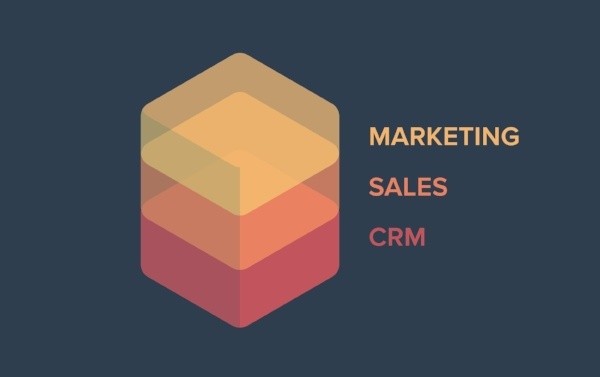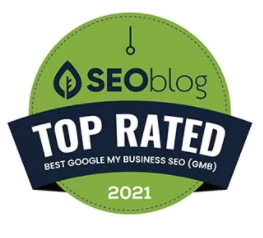
Tough economic times hit everyone hard—especially small business owners. Unfortunately, small businesses are often already operating in a lean capacity and there’s not much fat to trim when it comes time to pinch pennies. Sadly, the first thing to go is usually the paid media budget. But what most business owners don’t realize is that cutting off paid media also cuts off future sales. The objective shouldn’t be to cut those costs—instead, it should be to optimize them.
The reality of paid media is that it’s flexible. Not only can you set and adjust your budget, most platforms let you optimize how that budget is spent. Just because you’re spending a certain amount doesn’t mean that’s the most efficient spend possible. To tap into the true value of your paid media budget, you’ll need to optimize it.
Explore the Variables You Control
Before you scale back your total spend, look at the variables surrounding that spend. Are there ways to get more value for the dollar amount you’re already contributing to paid media? Look specifically at spend metrics like cost-per-click (CPC) or the allocation of your ad budget over certain keywords. Often, there are opportunities to get better results.
For example, let’s say you’re a plumber with a $600 monthly Google Ads budget. Digging into that budget, you might find that $400 of that goes to one keyword: “emergency leak repair.” Upon further inspection, you see that your conversion rate on this keyword is 10%. You might also find that $50 of your monthly budget goes to the keyword “faucet leak repair” and it has an amazing 50% conversion rate! Changing your targeting focus and your ad spend allocation from one to the other could bring in a lot more business for a lot less money each month.
This is only one example of optimizing the variables you can control. It’s also important to look at impressions, target audiences and more when it comes to configuring paid media. A few simple adjustments could not only save you money, they could also make you money.
- Tip: Use platforms with robust analytics like Google Ads or Facebook Ads. Review this data weekly to gain a clear understanding of how your audience interacts with your ads.
Consolidate Platforms, not Profits
If you are going to trim your marketing budget, do it judiciously. Look at the platforms where you’re struggling to find success and ask yourself if you’re doing everything you can to optimize these campaigns. If you are, it might indeed be time to cut back on ad spend there. A better opportunity is to reallocate that money to platforms where you’ve had success.
At this stage, consider everywhere you’re spending money on advertising—both digital and physical. You might find that the $100 ads you’re running in the local paper are worthless, while $100 is the cost of bringing in three new customers through Google Ads. Or, you might find that your Facebook ads fall flat, while your local radio spots account for a significant portion of your business. Follow the money and double down where it works.
- Tip: Break your ad spend budget down into specific areas, to what you’re spending and where, and also what the attributable revenue is. Look at it from a value standpoint.

Spend Time on Messaging
When their paid media isn’t generating results, most small business owners are quick to cut and run. A more productive solution is to ask why they’re falling flat. Often, it comes back to messaging. Your ads aren’t working because people aren’t engaging with them. The message just doesn’t resonate with them.
As you think about how to improve your messaging, consider factors like searcher intent and urgency. What are people searching for that brought your ad to them? What would prompt them to click it right now, versus scrolling past? Above all, make sure you’re conveying a message that offers value. “Buy it now” and “call today” are prompts, not values. While they’re important, you want to give someone a reason to act on them. “But it now while supplies last” or “call today for a free consultation” are both actionable prompts because there’s reason behind them.
Finally, use language, verbiage and ideas that resonate with your audience. Being too rigid or too ambiguous won’t get clicks. Instead, be short and succinct in your message, purposeful in your language and poignant in your tone. If possible, run a few different messages at the same time and take cues from the ones that perform better as you re-tool your ads.
- Tip: Stuck? Do a Google search for your target keywords and take a peek at the top results. This can be great context and inspiration for writing your own messages.
Use Data to Drive Decision-Making
Data is truth. If one of your ads is getting a 90% click-thru rate and another is only getting a 40% click-thru, you don’t need to be a rocket scientist to figure out which one is better! This type of data is readily available and, when you pay attention to it, it’ll tell you everything you need to know about optimizing your paid media. More important, it’ll keep you from spending money where you don’t need to.
- Tip: Don’t like numbers? Most reputable paid media platforms offer machine learning tools that provide recommendations for optimization. Just follow the instructions!
Make Every Dollar Count
The biggest thing you, a small business owner, can do is to look at your paid media budget logically. Find perspective and make rational decisions. A dollar saved is a dollar saved, but a dollar spent on the right advertising message could be two dollars gained in sales. It’s easy to cut your budget and save that money, but there are more opportunities for the small business owner who takes a strategic approach to spend and stretches their dollar as far as it can go.









